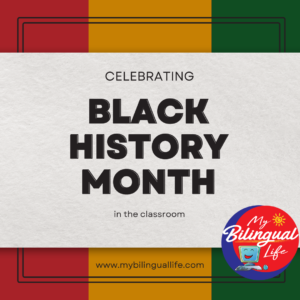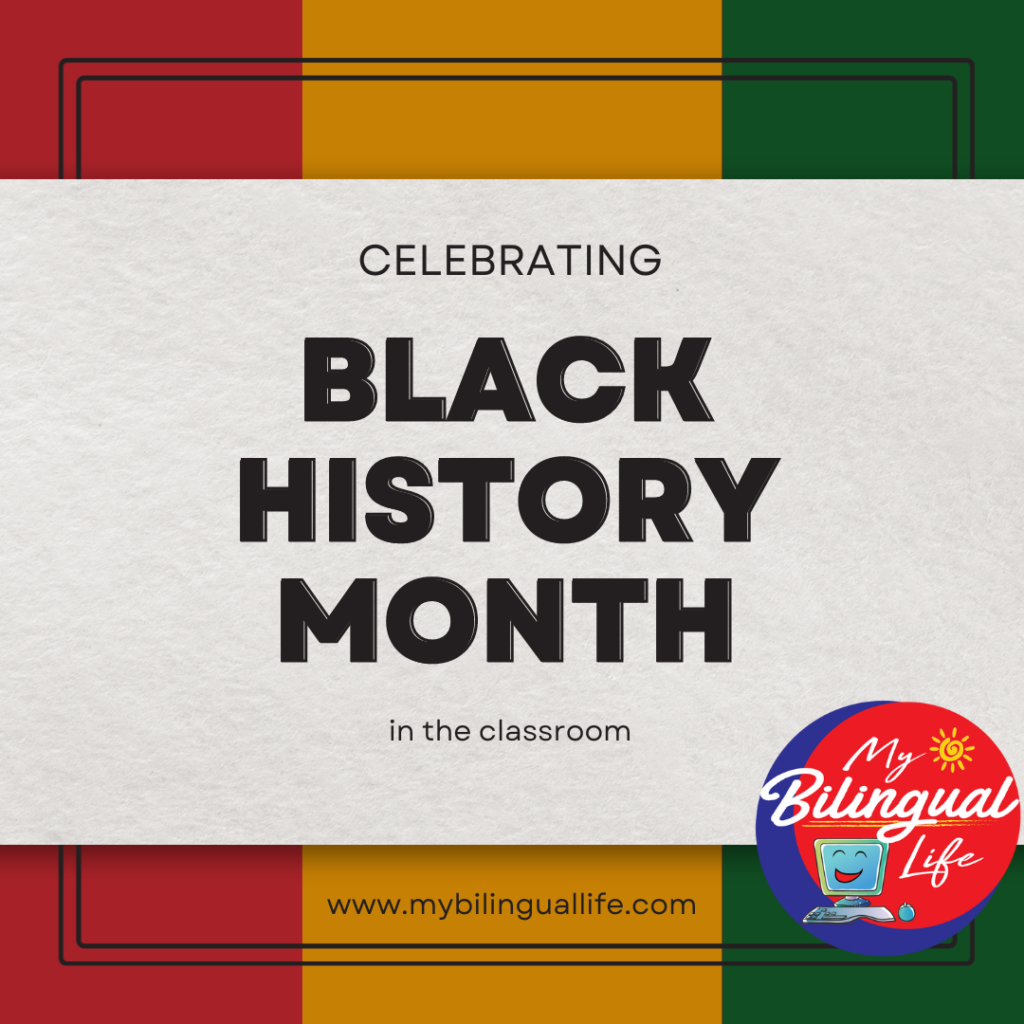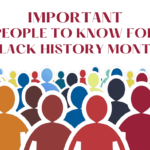Black History Month in the Classroom
As February unfolds, educators around the country eagerly embrace the opportunity to celebrate Black History Month in the classroom. It’s a time to honor the achievements, resilience, and contributions of African Americans throughout history. In this blog post, we’ll explore meaningful ways to integrate Black History Month into the classroom, fostering a culture of understanding, appreciation, and empowerment.

Integrating Black History Month in the Classroom
- Curating a Diverse Curriculum: Start by revisiting your curriculum and ensuring it reflects the diversity of voices and experiences. Integrate lessons that highlight the accomplishments of Black trailblazers in various fields such as science, literature, arts, and politics. Use this month as a chance to introduce students to lesser-known figures who have made significant impacts on society.
- Interactive Learning Through Biographies: Dive i nto the stories of influential Black figures through biographies and autobiographies. Encourage students to explore the lives of leaders like Rosa Parks, Malcolm X, Maya Angelou, and others. Discuss the challenges they faced, the triumphs they achieved, and the enduring legacies they left behind. Be sure to check out the resources we have available here at My Bilingual Life. Be sure to check out the FREE resource about Martin Luther King, Jr. here!
- Creative Expression: Foster creativity and self-expression by incorporating arts into the curriculum. Celebrate Black artists, musicians, and writers by engaging students in projects that showcase their talents. From creating artwork inspired by African American artists to composing poetry or songs that reflect on the themes of social justice, the possibilities are endless.
- Community Engagement: Connect the classroom to the broader community by inviting local activists, historians, or artists to share their insights. Virtual or in-person guest speakers can offer unique perspectives, enriching students’ understanding of the local impact of Black leaders and historical events.
- Film and Documentaries: Utilize the power of visual storytelling by incorporating films and documentaries that highlight pivotal moments in Black history. From historical documentaries to inspirational films depicting personal journeys, multimedia resources can provide a deeper and more engaging learning experience.
- Interactive Timeline Projects: Encourage students to create interactive timeline projects that chronicle key events and individuals in Black history. This hands-on approach allows students to visualize the chronological progression of historical milestones, promoting a comprehensive understanding of the contributions made by the Black community.
- Open Dialogues on Social Justice: Use Black History Month as a springboard for open and honest discussions about social justice. Explore current events, encourage critical thinking, and empower students to voice their perspectives on issues related to racial equality and inclusion.
Black History Month is not just a time to acknowledge the past; it’s an opportunity to inspire future leaders, change-makers, and advocates for justice. By integrating these strategies into the classroom, educators can create an environment where students not only learn about Black history but actively engage with it, fostering a sense of empathy, respect, and appreciation for the diverse tapestry of human experience.
Resources for Black History Month in the Bilingual Classroom
We have created various biography resources that are perfect for Black History Month, Women’s History Month, and Hispanic Heritage Month. We are also working on many other biographies so stay tuned. If there is a biography you would like for your classroom that has not been created yet, feel free to let us know and we will add it to our list!
Be sure to check out our article about 5 reasons to use Biographies in your Classroom.





